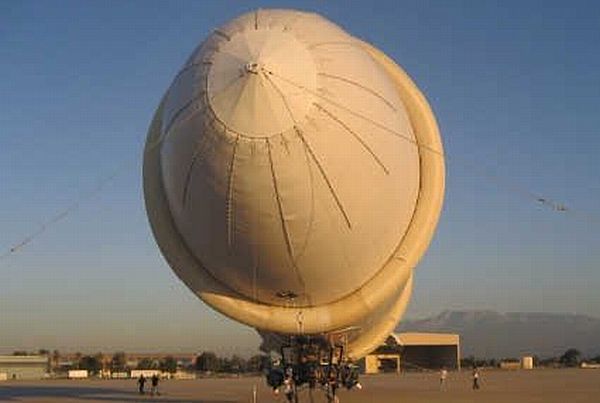
Buoyant ships are known to float in air using helium as fuel. Helium is primarily used because it has a density that is lighter than that of air. Hence for movement during transportation sorties, any airship using helium needs to counterbalance its weight using either the ballast or the cargo so as to maintain the altitude as well as move along its projected path. Additionally, forward and/or upward movements necessitate burning of fuel. This wastes helium – a resource that’s fast diminishing and is expensive as well.
Aeros, a California based company founded by a Russian entrepreneur Igor Pasternak is currently working on a new design for such buoyancy aided air-crafts, which if successful would be able to control float worthiness without wasting the expensive and diminishing resource. The design for this 230 feet long and 600,000 cubic feet airship, proposed to be known as Pelican would be based on a compression system known as Control of Static Heaviness (COSH). This system in turn would incorporate a rigid airframe with a membrane containing pressurized tanks whose pressure could be varied thereby altering the weight of the vehicle, and hence assisting in the airship’s movement during transportation of bulky warfare equipments.
The principle to be employed in the design of Pelican is in total contradiction to the current technology which involves use of multi-lobbed and non rigid hulls containing different gases or use of water ballast at cargo-unloading docks. However the proposed novelty of the solution, viz. changing gas density to control buoyancy should not be ruled out either. Set to be tested in 2012-2013, this project funded by Pentagon’s Rapid Reaction Technology Office might, if successful, solve an age old problem.
Via: Popsci




